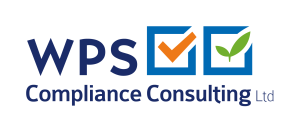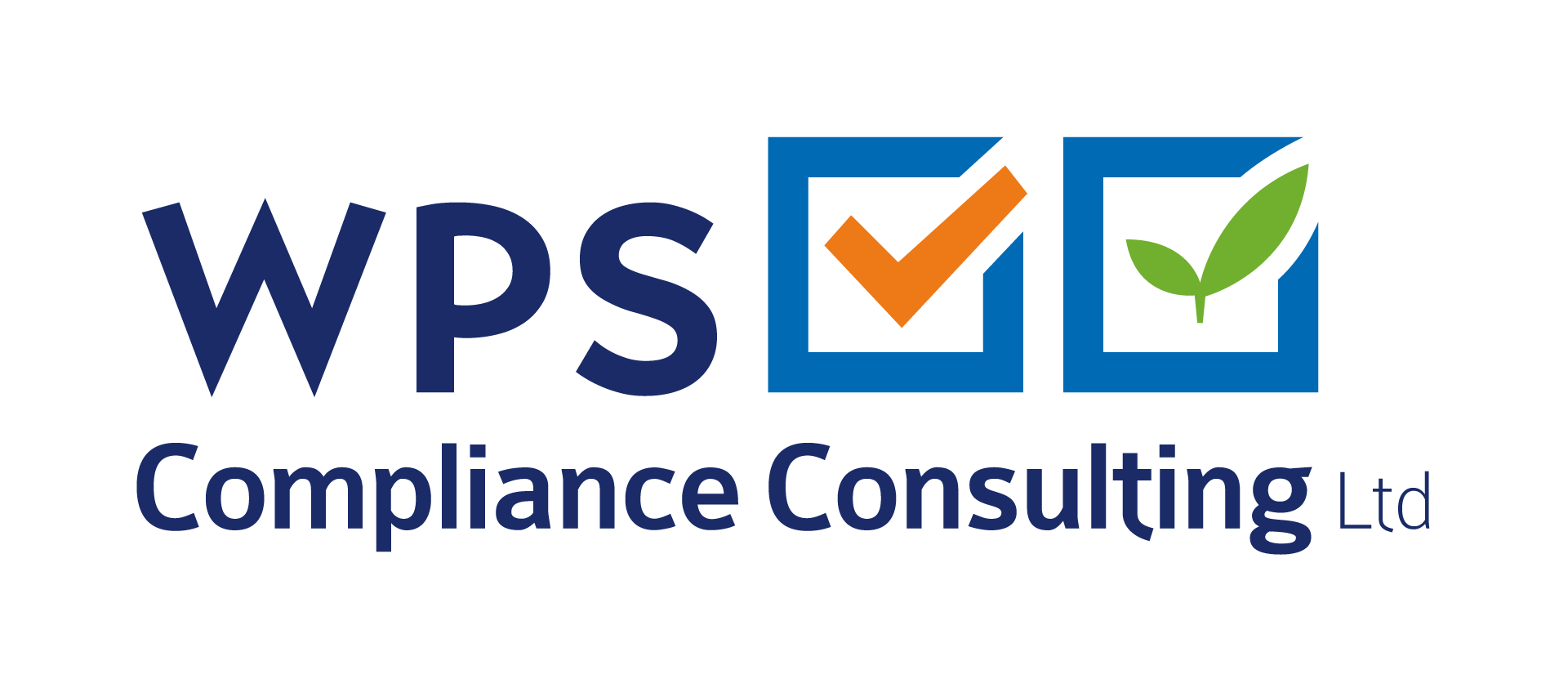Virtual training offers several compelling advantages for improving construction site compliance. Here’s a breakdown of how:
- Enhanced Understanding and Retention:
- Interactive Elements: Virtual training can incorporate interactive elements like quizzes, simulations, and gamified exercises. This keeps trainees engaged and provides immediate feedback on their understanding of safety protocols and regulations.
- Visual Learning: Construction work is inherently visual. Virtual training excels at depicting complex processes and potential hazards visually, making it easier for trainees to grasp concepts and remember them.
- Cost and Time Efficiency:
- Reduced Travel and Downtime: Virtual training eliminates the need for travel to training locations, saving on costs and minimizing the time employees are away from the jobsite.
- Scalability and Accessibility: Virtual training programs can be easily scaled to accommodate a large workforce and can be accessed from anywhere with an internet connection. This makes it possible to train workers at different locations and on their own schedules.
- Reduced Material Costs: Virtual training eliminates the need for physical training materials like handouts, safety equipment, and mock-ups.
- Standardization and Consistency:
- Uniform Training: Virtual training ensures that all workers receive the same standardized information and training, regardless of their location or the trainer.
- Up-to-Date Content: Virtual training modules can be easily updated to reflect changes in regulations, best practices, and site-specific requirements. This ensures that all workers are always receiving the most current and accurate information.
- Record Keeping: Virtual training platforms can track trainee progress, completion rates, and scores. This provides valuable data for compliance reporting and identifies areas where additional training is needed.
- Risk Mitigation and Safety:
- Hazard Identification: Virtual training allows workers to practice identifying hazards and potential risks in a simulated environment. This helps them develop better situational awareness and proactive safety habits.
- Reduced Injuries and Accidents: By providing a safer way to practice tasks and learn about hazards, virtual training can reduce the likelihood of injuries and accidents on the jobsite.
- Tailored and Customized Training:
- Site-Specific Training: Virtual training can be customized to reflect the specific hazards and requirements of a particular construction site. This ensures that trainees receive relevant and practical information.
- Specialised Training: Virtual training can be used to deliver specialized training modules on specific equipment, tasks, or safety protocols.
How Can WPSCC Help?
WPSCC Virtual Training in Courses:
- Duty of Care (DoC)
- Waste Auditing
- Introduction to Waste Classification (WM3)
- Hazardous Waste Regulations
- Waste Legislation
WPSCC Ltd virtual training is designed to be as sustainable as possible and to save you precious time and cost. We do this by offering a blended solution which combines online learning, work-based activities to help you put it into practice immediately and live virtual tutor led sessions. The live tutor led sessions will utilise Zoom.
Our trainers at WPSCC Ltd have years of experience of developing and delivering good quality interactive training. Alongside this, they also have many years of experience within the waste and resources management sectors as well as the construction and demolition sector. As chartered resource and waste managers they have demonstrated their expertise, understanding and commitment to the sector.
We also offer e-learning courses through the WPSCC Ltd Learning Management System. Once registered delegates will be sent login details to enable them to access the module online. Delegates can work through at their own pace. Upon successful completion of the course materials and a short assessment, delegates will be able to download a pdf certificate. Examples of the e-learning courses available:
- Why is PPE Important?
- Introduction to the Waste Hierarchy
- Use of the EWC (List of Wastes)
- Understanding Waste Transfer Notes (WTNs)
- Introduction to Hazardous Waste Consignment Notes (HWCNs)
- Pollution Prevention
- Environmental Emergency Response: Spill Kits



